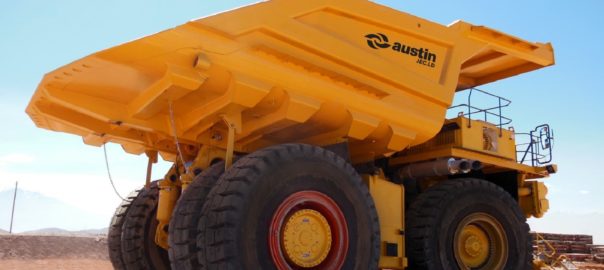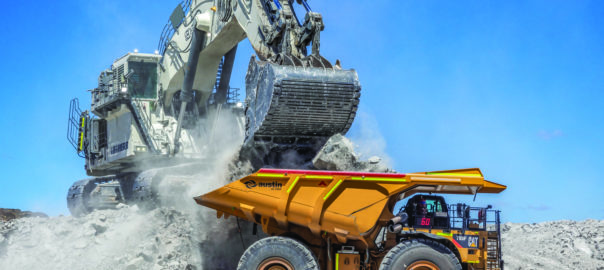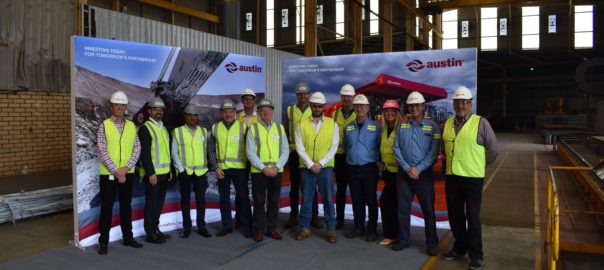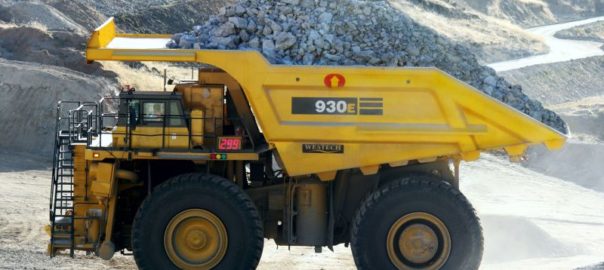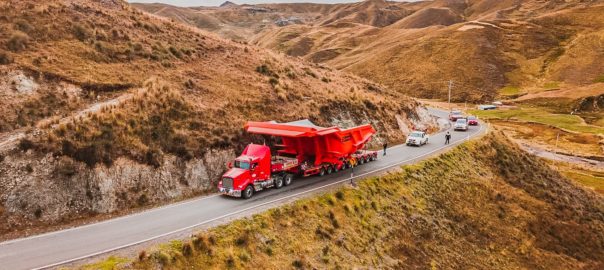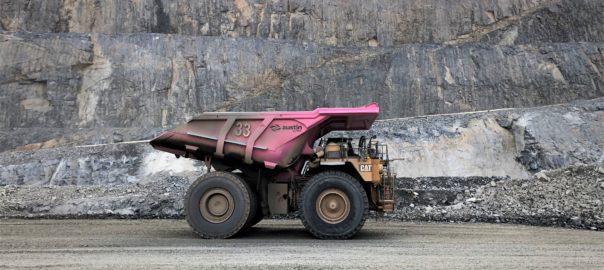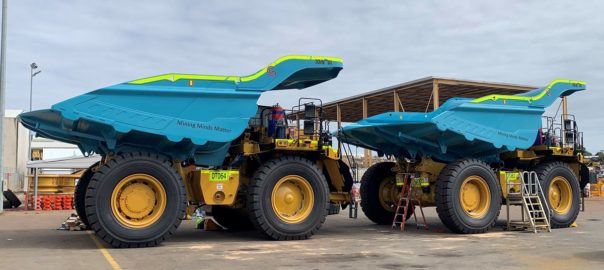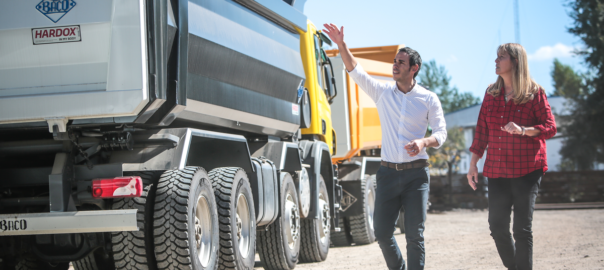Austin Engineering Limited has signed a five-year mining products and service supply contract with Rio Tinto Services Ltd, less than a week after the two companies celebrated the manufacture of the 1,000th truck body for Rio’s iron ore division.
The contract is for the supply of dump bodies, lightweight trays for ore trucks, heavy machinery buckets, water bodies and other fabricated products. The contract also covers the provision of “Off Site Repairs” and other associated services for both Austin-supplied equipment and for other OEM supplied heavy machinery.
The contract, effective from December 16, covers supply from all of Austin’s major global facilities including those in Australia, Indonesia, North America and South America. It is an umbrella or call-off type agreement, allowing for the supply of equipment and services to multiple Rio Tinto operations around the world through individual purchase orders.
Austin estimates that the value of services under the contract over its life could be around A$300 million ($213 million), although it is dependent on individual purchase orders. The contract includes pre-agreed pricing for mining buckets and haul truck trays matching Rio’s global fleet, enabling rapid purchasing and order fulfilment. The contract also provides for annual price reviews to manage exchange rate, steel and labour rate variances and any other factors that the parties agree are relevant to pricing.
Under the contract, Austin will use its recently established “Innovation and Technology Hub” to continue to develop its products to help meet Rio Tinto’s objectives to optimise the safety, lifecycle and productivity of its global heavy machinery fleet.
Austin has supplied Rio Tinto Iron Ore (RTIO) operations with its heavy machinery consumable equipment, offsite repairs and other equipment for 33 years, initially servicing Robe River in the Pilbara. Austin delivered its first bucket to Rio Tinto 21 years ago and its first truck body 14 years ago. As mentioned, last week, the two companies held a ceremony in Perth to mark the manufacture of Austin’s 1,000th truck body for RTIO.
Austin CEO and Managing Director, David Singleton, said: “This contract extends our very successful and productive involvement with Rio Tinto for another five years. Rio Tinto is a key customer for Austin’s products and services, and I would like to thank the company for its support in helping to build a strong local manufacturing industry in Australia, and a leading business in this industry globally.
“As a result of this commitment by Rio Tinto, we have the confidence to invest in developing our Austin 2.0, strategy. As part of this, we recently announced a A$6.5 million investment in advanced manufacturing at our facilities initially in Western Australia and Indonesia that will bring new levels of quality, production capacity and flexibility. In addition, our Innovation and Technology Hub in Western Australia is focused on meeting the safety, mine site efficiency and decarbonisation goals of Rio Tinto and other customers in Australia and around the world.”







